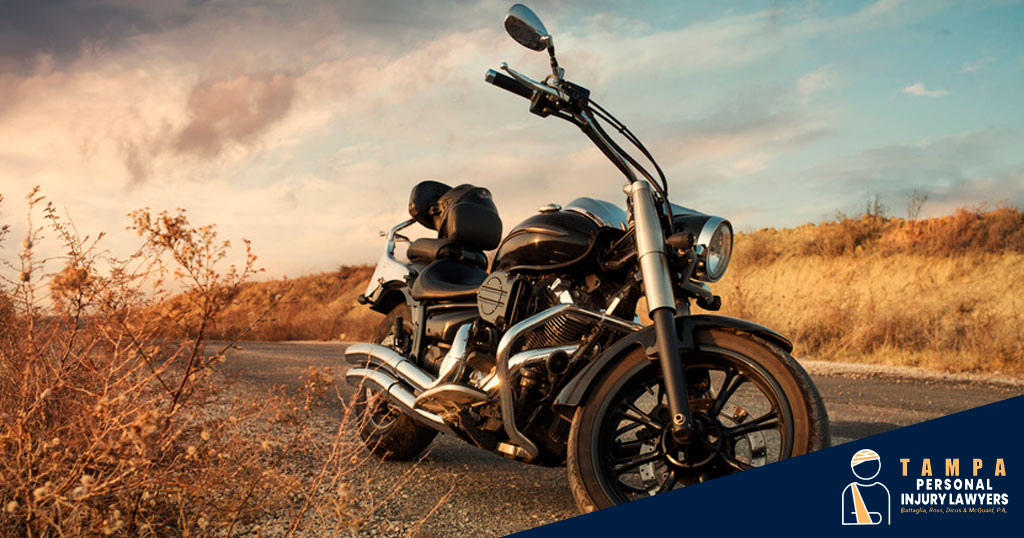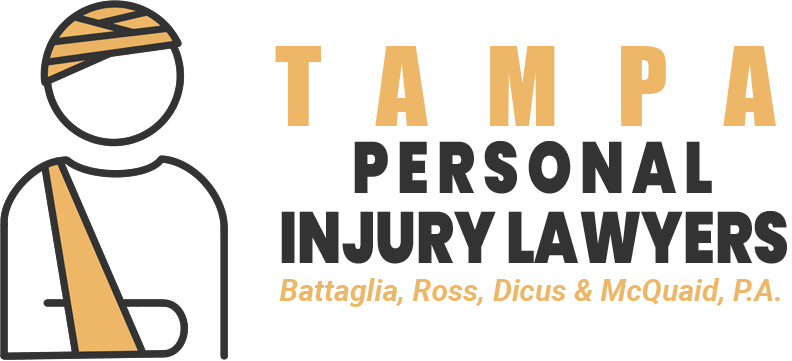Tampa, Florida, provides some of the most scenic roads for a motorcycle ride, but there are laws you need to know before riding. It’s not all about fun; safety is important when it comes to riding motorcycles to prevent accidents that can end in severe injuries, as motorcycle accidents often do. While Florida’s perfect weather attracts thousands of visitors annually and is home to even more motorcyclists, everyone needs to be aware of the laws while riding to respect everyone’s safety on the roadways.
Florida is one of the top states in the nation for motorcyclists, with nearly 650,000 registered motorcycles. With that many motorcycles, accidents are bound to happen when riders fail to comply with safety regulations. Here are some motorcycle laws that all motorcyclists should know before riding.
Table of Contents
ToggleYou Need to Keep Your Motorcycle in Good Working Condition
As a Tampa motorcyclist, it’s your responsibility to keep your motorcycle in good working order. You must have a horn that works, a license plate that does not flip up or become loose easily, and have brakes that work properly.
Helmet Regulations
There are helmet regulations for Tampa motorcyclists, but they are age-contingent. For instance, if you are under 21, you are required to wear a helmet that meets safety standards according to Tampa laws.
But, if you are over 21, the helmet is optional. Note that if you choose not to wear a helmet, Tampa law requires you to carry a minimum of $10,000 in medical coverage in case of an accident. This coverage will pay for injuries you suffer in a collision. If your injuries and damages were caused by a negligent motorist and exceed $10,000, we strongly advise you to speak with an experienced Tampa motorcycle accident lawyer.
Eye Protective Gear Is Mandatory
While helmets are optional for riders over 21, protective eyewear is not – for any motorcyclist. All motorcycle riders and operators must wear goggles or some other form of protective eye gear while riding. So, unless you are wearing eye-protective devices that are approved by the Department of Transportation (DOT), you cannot legally ride on a motorcycle in Tampa.
You Are Legally Required to Have a Motorcycle Endorsement
In Tampa, a driver’s license is not enough to be eligible to operate a motorcycle in Florida. You must also obtain a motorcycle endorsement in order to legally operate any two or three-wheeled motorcycle with a 50cc engine or larger.
If you are at least 16 years old, you must carry a valid driver’s license. Additionally, you must complete and pass the “Basic Rider Course” offered by the Motorcycle Safety Foundation to obtain a valid motorcycle endorsement to be added to your license. If you are at least 16 but don’t have a valid driver’s license, you can still get a limited license to operate a motorcycle. Obtaining this limited license requires two parts: passing a knowledge test and completing a Basic Rider Course (BRC). However, note that the limited license only allows you to operate a motorcycle, not a car.
The BRC course can be completed fairly quickly. It’s usually a 2-day course and requires full attendance (they don’t make any exceptions since it’s such a short course). First, you have to pass the knowledge portion with at least an 80% score. Next, you’ll need to pass the riding and skill evaluation part of the course and, finally, pass the riding assessment portion.
The knowledge course is a 5-hour class taught using lectures, videos, written work, and open discussion. Following that, the “On the Range Riding” portion is 10 hours of on-the-job where students apply their knowledge to practical skills-building. This portion of the course involves assessing limited space and maneuvering skills along with learning braking, cornering, and swerving competency.
Once you successfully complete the BRC, your information will be sent to the Florida Division of Driver’s Licenses and ID cards. Then, all you need to do is go and present your driver’s license to an examiner for a new license that will also include your motorcycle endorsement.
In addition to your new license with a motorcycle endorsement, you’ll also receive a completion card showing that you’ve successfully completed the course. Be sure to keep this card in a safe place, as you may be able to use this card to get a discount on your motorcycle insurance. Once you’ve completed the course, you’re eligible to ride a motorcycle in Florida and don’t need any future testing or certification.
Lane-Splitting Is Illegal in Tampa
Motorcycle lane splitting is when a motorcyclist rides between two lanes of traffic rather than inside a lane. Florida Statute Section 316.209 (3) strictly prohibits lane-splitting, making it an illegal maneuver for motorcyclists in Tampa. Motorcyclists usually split lanes when traffic stops, slows, or there is congestion.
Note, however, that there is a clear distinction between lane-splitting and lane-sharing. Lane-splitting is when a motorcycle drives between lanes of traffic, while lane-sharing is when two motorcycles are riding adjacently in the same lane. Lane-sharing is legal in Tampa, but lane-splitting is illegal on roads and highways.
No More than Two Motorcycles Can Share a Lane
While lane-splitting is illegal, motorcyclists are legally permitted to share a lane. So, while you can’t drive between lanes, you can drive with another motorcyclist, side by side, inside a lane. However, no more than two motorcycles can ride adjacently inside a given lane. Lanes are not designed to safely fit more than two motorcycles abreast.
Wheelies and Other Dangerous Stunts Are Illegal
Motorcycle riders probably do so for the thrill, and many might even enjoy stunts, such as wheelies. A “popping a wheelie” is when you pull up on the handlebars to ride the bike with the front tire above ground and only the rear tire on the road. However, this and other dangerous stunts on motorcycles are illegal in Tampa.
Motorcycle Passenger Laws
In order to lawfully carry a passenger on your motorcycle, it must be equipped with a designated seat for a passenger. Additionally, the motorcycle must be equipped with footrests that are specifically designed for passenger use. Florida law only allows two people to ride on a motorcycle, meaning you can only have one passenger at a time.
Laws on Earpieces and Listening Devices
When you’re riding a motorcycle, it’s imperative to be able to use all of your senses to stay alert of your surroundings. That includes being able to hear what’s happening around you and listen for incoming dangers. If a motorcyclist is wearing a set of earbuds or headphones, they can’t hear what’s happening around them. As such, Tampa law allows only one earpiece, or earphone, but now two.
Motorcycle Headlights Must Always Be On
Visibility is a major factor for motorcyclists. Since they are smaller and easier to get lost in other motorists’ blind spots, they must take all necessary precautions to increase their visibility. As such, Tampa laws require all motorcyclists to keep their headlights on at all times. Headlights should turn on automatically when you start the engine in order to ensure they are on at all times.
Poor visibility of motorcycles is one of the leading causes of motorcycle accidents and fatalities. Therefore, taking precautions to improve visibility can drastically reduce the odds of a preventable accident or fatality.
There Must Be Mirrors on All Motorcycles
Florida law requires all motor vehicles, including motorcycles, to be equipped with proper and adequate mirrors. Mirrors are not just legal requirements but give the rider multiple advantages like more stability and decreased risk of accidents. Motorcycle mirrors, by law, need to give the rider at least 200 feet of visibility.
Contact a Tampa Motorcycle Accident Lawyer Today for Help With Your Case
While some of these laws may feel restrictive or limiting, they are in place to maintain motorcyclist safety. Sadly, motorcyclists experience a disproportionately high rate of mortality rates after a crash compared to vehicle occupants. Motorcycles don’t provide much protection for the rider’s body, so they often sustain severe or catastrophic injuries in a crash.
These types of injuries don’t just temporarily interrupt a victim’s life; they often have lasting impacts that change the course of their lives and everything from their relationships to their jobs and their finances.
Even when a motorcyclist follows all the rules, sometimes another motorist’s negligence causes a crash. When an innocent motorcyclist who was obeying the laws and riding responsibly gets injured by a negligent motorist, they have a right to hold the at-fault party accountable. That might include seeking damage compensation.
If you or a loved one was injured in a Tampa motorcycle accident, you should contact a Tampa personal injury lawyer as soon as possible. We are happy to answer all of your questions and help you understand your legal options. You might be eligible to seek financial reparations from the liable party, which you deserve in full if you are injured by their recklessness or carelessness. We will fight aggressively on your behalf to ensure you win the compensation you deserve.
Call us today for a free consultation.






























